Photography functioned not just as fine art, but as social commentary in the postwar United States.
1945–1980 C.E.
Photography functioned not just as fine art, but as social commentary in the postwar United States.
1945–1980 C.E.
We're adding new content all the time!
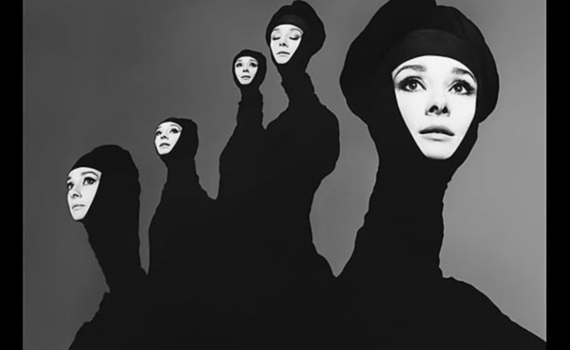
Audrey Hepburn emphatically reproduced by Avedon.
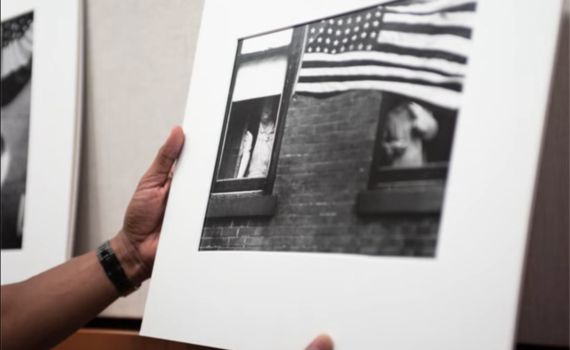
"He allows us to see just a few things, and the narratives that we're able to build as a result is what really makes this work so important."
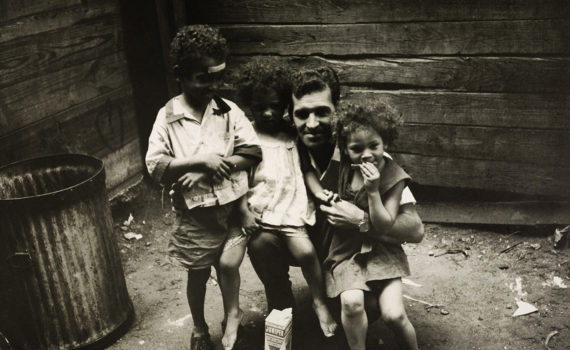
The episode reveals how such approaches by the press can override and contaminate the subjects portrayed.
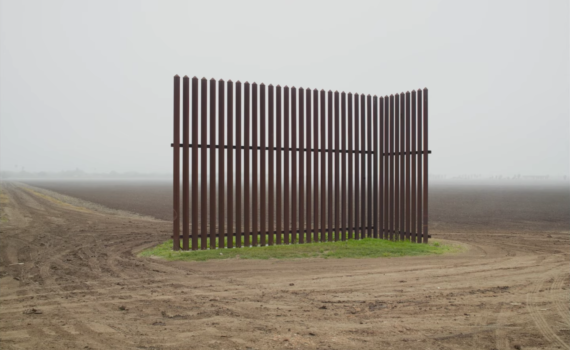
Photographer Richard Mirach recounts his work, from his early political aspirations in the 1970s to his current series about left-behind artifacts along the U.S.-Mexico border wall.
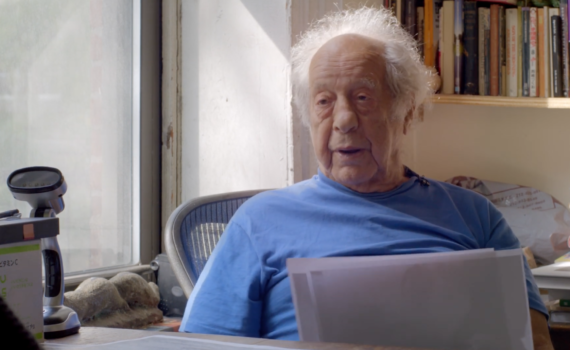
Photographer and filmmaker Robert Frank recalls his experience as a young artist and discusses his seminal book The Americans (1958)
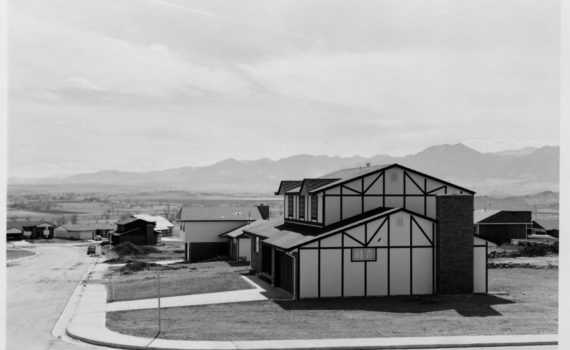
New Topographics reinvented the landscape, making the photograph an expression of responsibility.
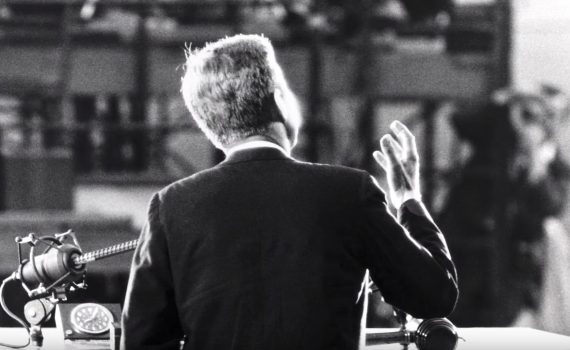
Go backstage at the 1960 Democratic National Convention with photographer Gary Winogrand.
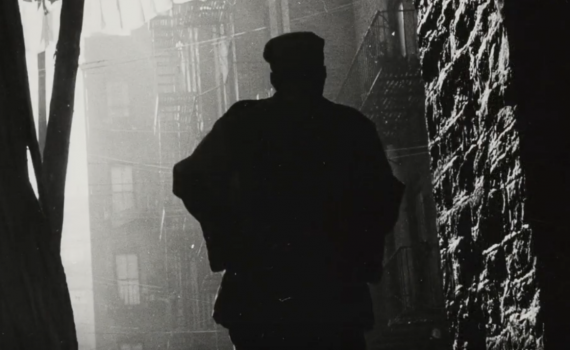
Gordon Parks and the writer Ralph Ellison collaborated to show that Harlem is everywhere.